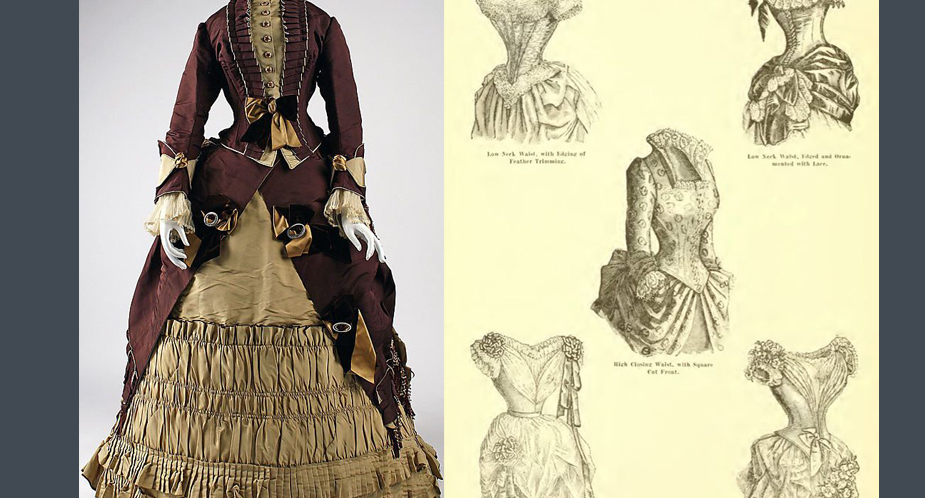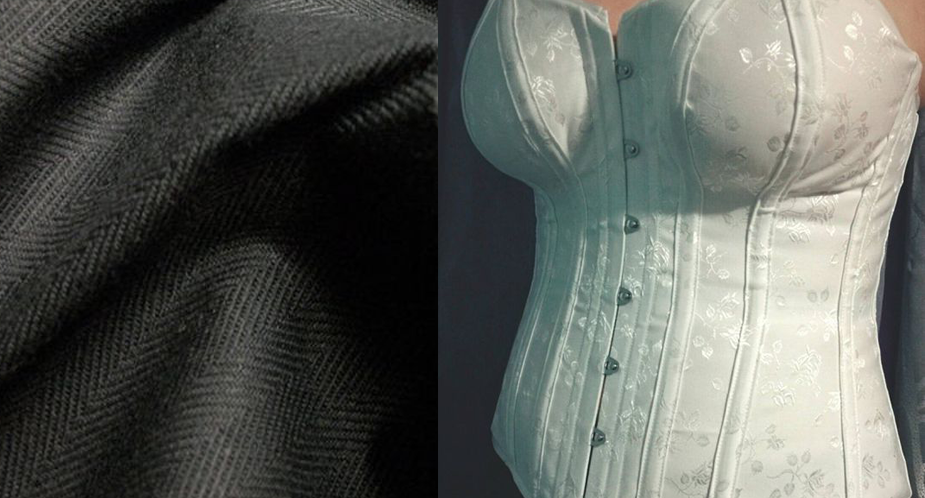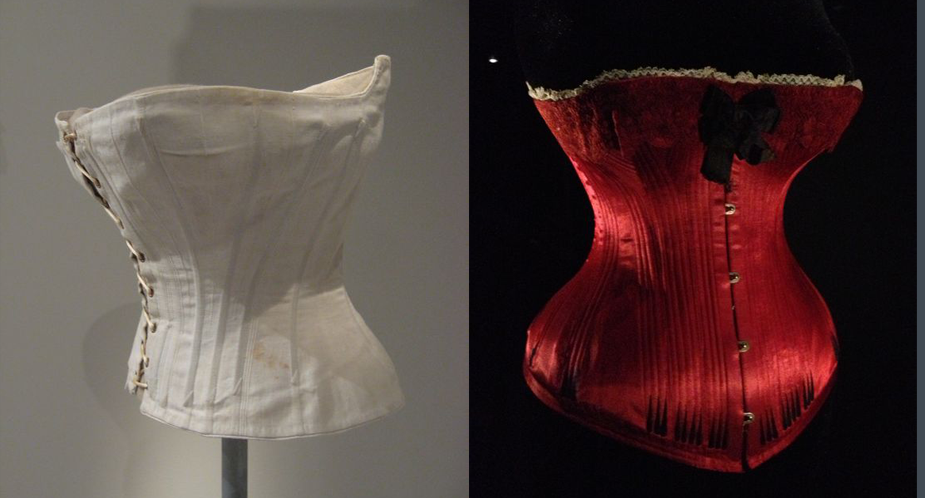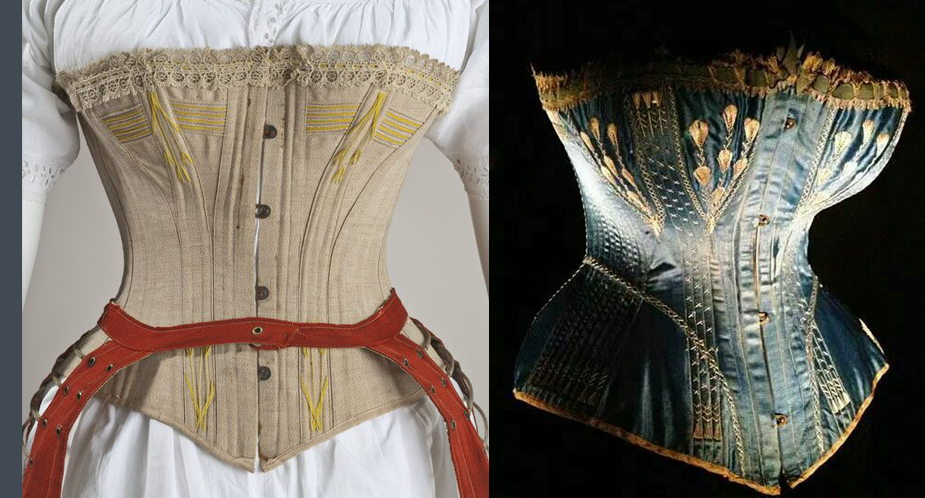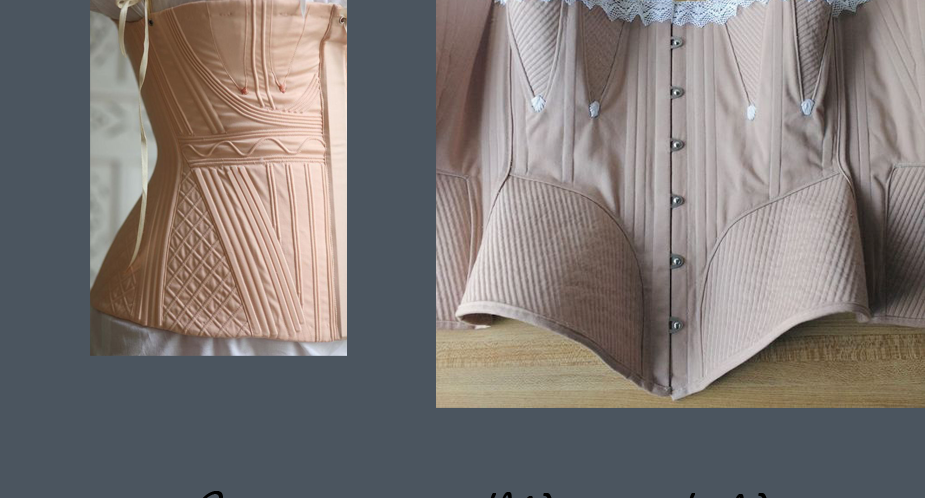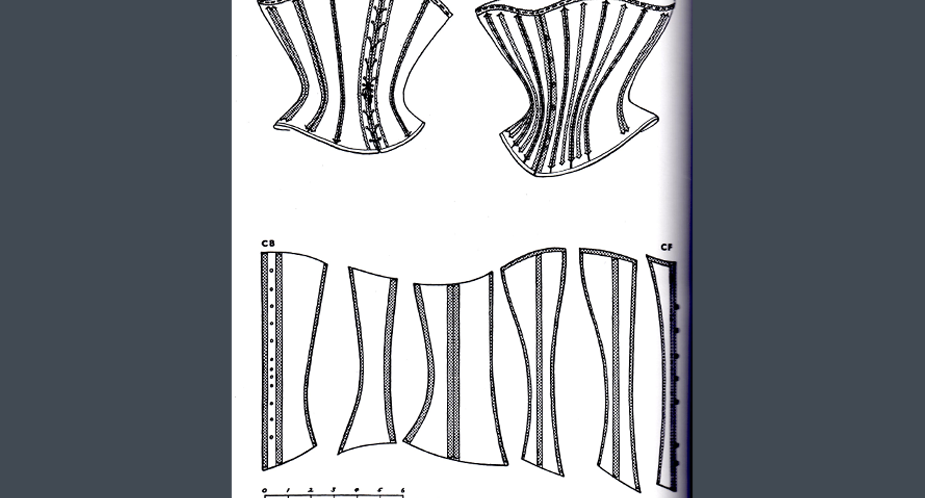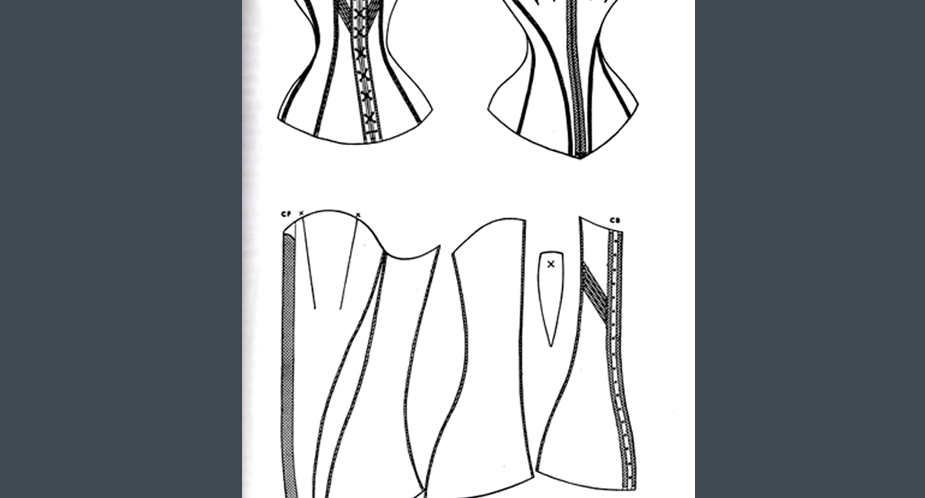development of mass production techniques which focused on uniformity. Women, previously hating to look like anyone else, embraced the new armoured “cuirasse” look like they were a part of a military regiment more and more as the century progressed. (Early 1870’s (estimated 1872) tightly fitted bodices)
